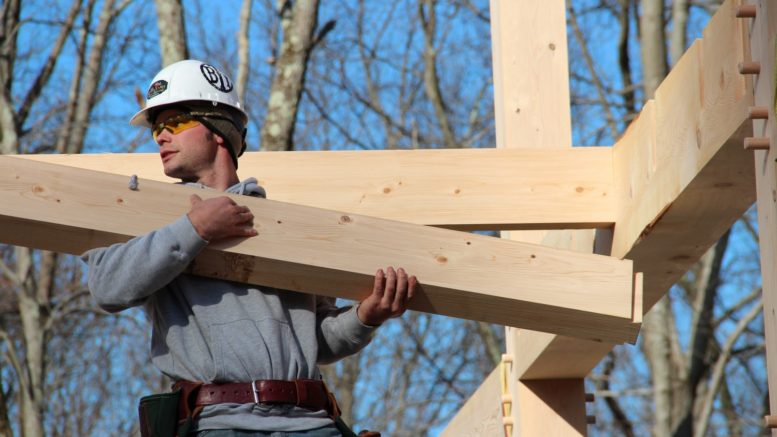ConDig (19-Jul-18). US homebuilder confidence remained unchanged in July as robust demand for homes offset concerns over rising material costs.
The National Association of Home Builders/Wells Fargo Housing Market Index (HMI) held at 68 in July, while the index measuring current sales conditions also remained unchanged at 74.
“Builders are encouraged by growing housing demand, but they continue to be burdened by rising construction material costs,” said NAHB chief economist Robert Dietz.
“Builders need to manage these cost increases as they strive to provide competitively priced homes, especially as more first-time home buyers enter the housing market.”
The index gauging expectations in the next six months dropped two points to 73 and the metric charting buyer traffic increased two points to 52.
The three-month moving averages for regional HMI scores also found the Northeast rising one point to 57, while the Midwest remained unchanged at 65. The West and South each fell one point to 75 and 70, respectively.
“Consumer demand for single-family homes is holding strong this summer, buoyed by steady job growth, income gains and low unemployment in many parts of the country,” said NAHB chairman Randy Noel.
Scores over 50 indicate that more builders view conditions as good rather than poor.
Construction industry leaders continue to warn that rapidly rising materials costs and a deepening shortage of labor could delay some projects and make others financially unviable.
A rise in material costs has been exacerbated follow a decision by President Trump to slap a 25% tariff on imported steel and a 10% duty on foreign aluminum from Canada, Mexico and the European Union on May 31.
Despite these concerns, latest Commerce Departments figures show that construction spending rose 0.4% higher in May compared with the month prior as an upswing in residential and public investment offset a drop in private nonresidential. The rise pushed spending to a record level of $1.309 trillion, which was 4.5% higher than the same period last year.
